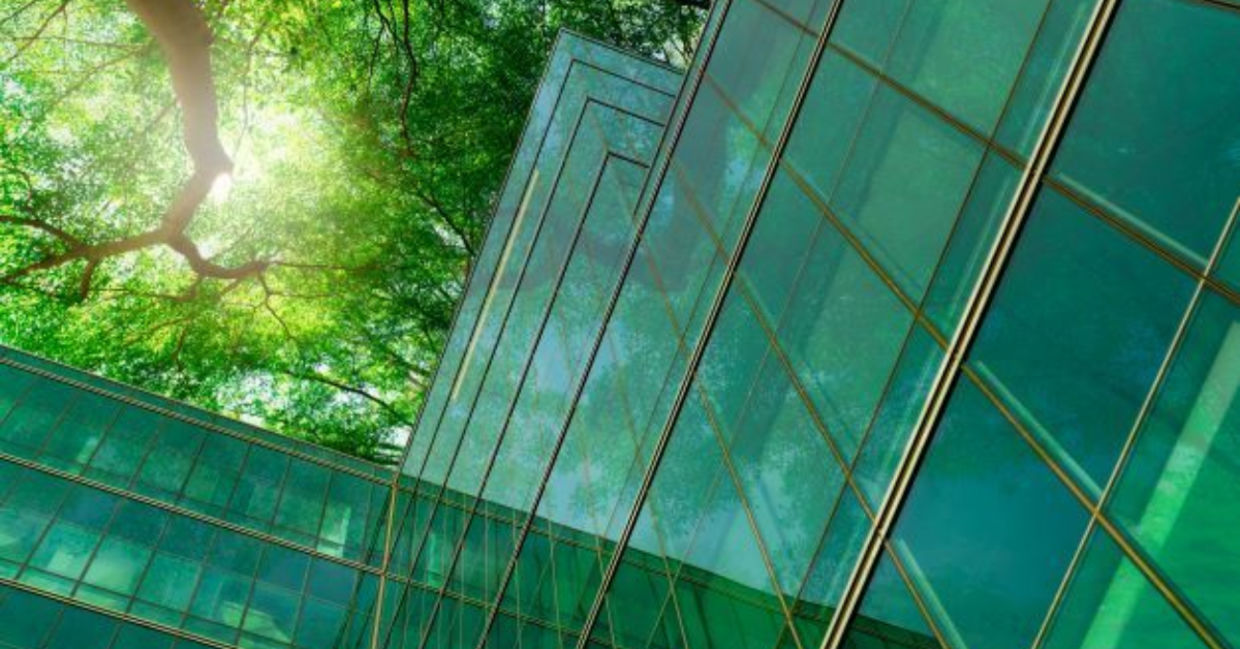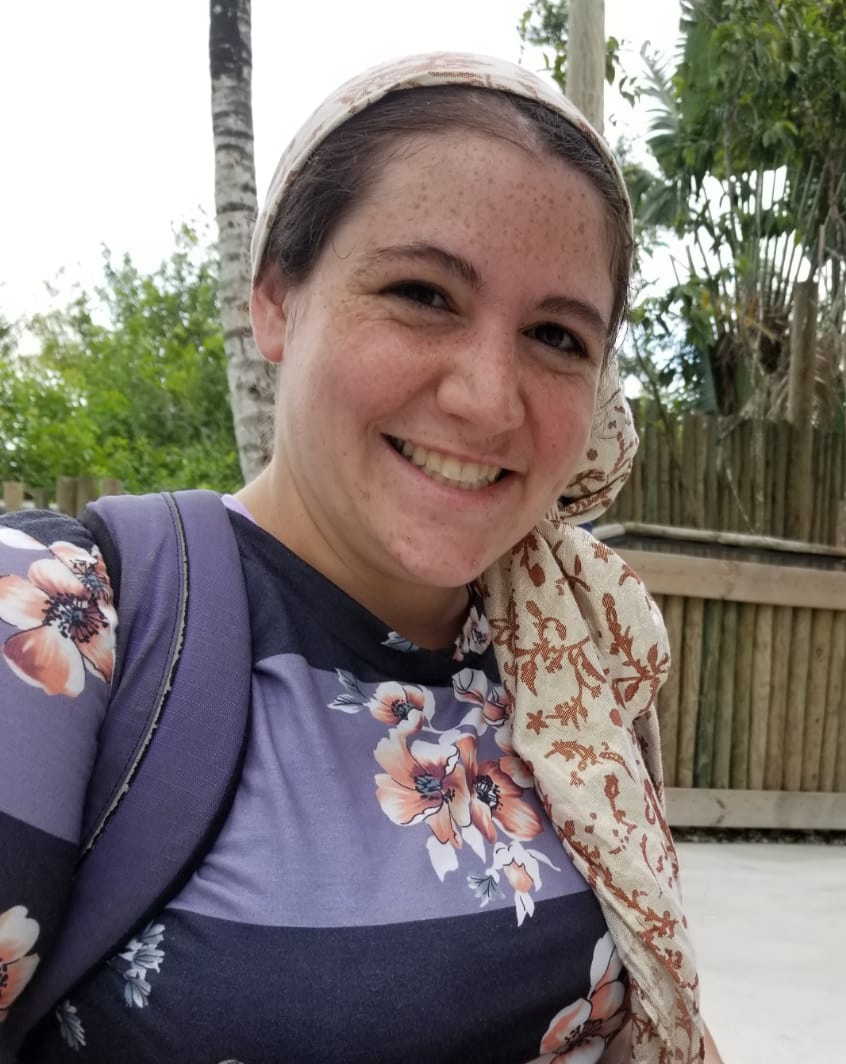
(Fahroni / Shutterstock.com)
If you have ever lived the apartment life, you know that having friendly neighbors can be the spice of life! There’s nothing like inviting the family next over for a cup of tea, or sharing life events and celebrations with friends in the building. In an apartment building, where your co-tenants make the effort to cooperate and be kind, there are myriad opportunities for building friendships and modeling coexistence.
Now an innovative urban planning initiative in Amsterdam is building a totally unique apartment complex where tenants of all shapes and sizes…and species, will share the space. Fast Company reports, the building planners are calling their model, designed to house 82 human families alongside hundreds of scaled, feathered and furred families, “zoöperation.”
Zoöperation
The word zoöperation is a combination of the word “cooperation” with the Greek word for life, zoe. In keeping with its name, Proto-Zoöp Zeeburg as the building is called, will include dozens of micro-habitats, bird and insect nests, and housing for nature organizations.
View this post on Instagram
In fact, during the planning stage, VenhoevenCS architecture+urbanism and DS Landschapsarchitecten, the agencies spearheading the design, employed a “speaker for life.” Architects consulted with the “speaker for life,” on every decision, to determine how it would affect the existing biodiversity in that space.
Top to bottom design
In line with the mission to build spaces that improve conditions for all forms of life, human and otherwise, the Proto-Zoöp Zeeburg’s zoöperative apartment building will also be designed to accommodate the city’s flora and fauna, at every level, literally.
The structure will include terraced levels. This will allow each rooftop to become a different micro-habitat, making the building hospitable to a variety of plants and animals.
View this post on Instagram
Jos-Willem van Oorschot, architect partner and director at VenhoevenCS architecture+urbanism explained, “All of the roofs are different. The ones that are, for instance, closer to ground, are wetter. Some of them are more in the sunlight, so they are drier, and they have grasses. Some of them have higher bushes, so that will be for birds to hide. Some of them have plants that also provide food for birds or other animals.”
The roofs will also feature rainwater storage and plant irrigation systems alongside solar panels and the building will be energy-neutral. Its walls will crawl with wildlife, with tiny holes designed for sparrows, and long narrow homes built-in for bats. All this, in addition to 82 new human homes.
The whole design is situated on a river island, previously the site of a wastewater treatment plant, but now turning into a “green,” environmentally-friendly neighborhood. Where the land meets the river, there will be a stone wall on one side, with cracks where plants and fish can make their homes. The other side will have a short wall, allowing ducks and hedgehogs to build riverside nests in the bushes.
A mussel-friendly underwater garage
This isn’t VenhoevenCS architecture+urbanism and DS Landschapsarchitecten’s first time piloting animal-friendly building designs. In 2021, according to Fast Company, the urban design companies collaborated to plot out an underwater bike parking garage behind the busy Amsterdam Central Station.
Because of the biking culture in Amsterdam, the city has a perpetual shortage of bike parking spaces. The semi floating structure avoids utilizing public “overland” spaces, saving them for parks and footpaths. Cyclists can gently descend into the submerged parking structure from the street level through entrances that will be designed to incorporate existing traffic flows and be aesthetically pleasing. The project is slated for completion in 2022
But the underwater garage won’t just cater to the needs of bikers and city dwellers. Porous concrete will allow water plants and mussels to attach themselves to the walls. Coconuts mats will purify the water, and mesh basket “biohuts” will become safe homes for young fish. In other words, the garage will be designed to meet the needs of Amsterdam’s non-human residents as well.
Danny Esselman, the lead architect on the project explained, “As we took a ‘bite’ out of a current biotope—the home of the fish and plants—we also needed to take measures to build a better habitat for aquatic life than there was before. As designers, you have to be aware that you are making changes to the environment, and it’s important to minimize the impact of your work. Our aim was to go beyond just minimizing the impact and improve the conditions.”
Can man and nature share urban spaces and coexist in mutually beneficial ways? Zoöperation- style designs are asking all sorts of species to put aside their differences and live alongside each other.
In the immortal words of Mister Rogers from “Mister Rogers’ Neighborhood”, they are asking people to turn to their scaled, feathered and furred friends and say “It’s a beautiful day in the neighborhood. Won’t you be my neighbor?”
YOU MIGHT ALSO LIKE:
Meet an Architect With Cool Designs on Trash
Rewilding: When Cities Make Room for Nature
The World’s Largest Floating Office is Now Open!






